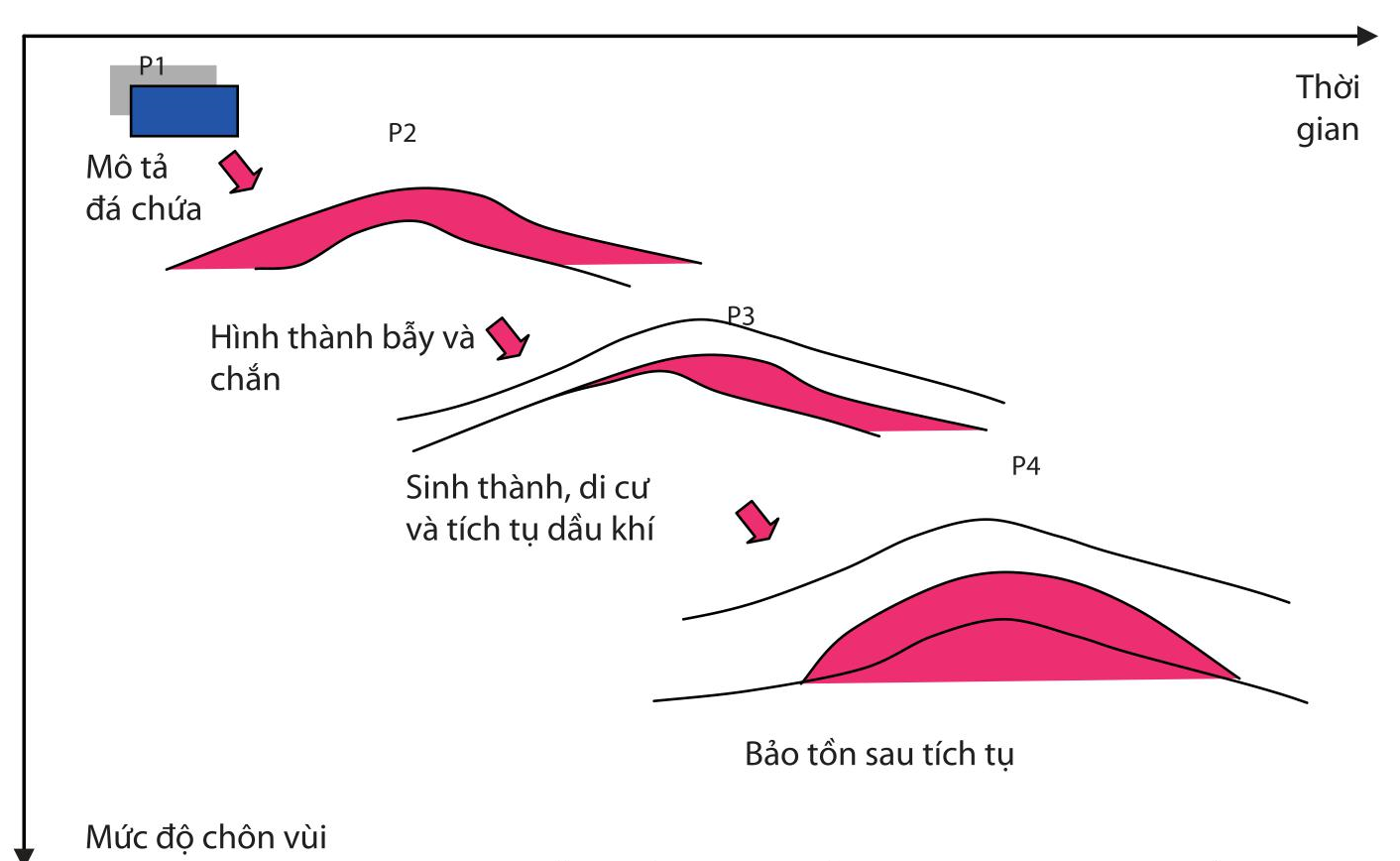Risk assessment in petroleum system analysis
Abstract
The concept of “petroleum system” was first introduced in early 1970’s by Wallace G. Dow and today it is widely used by exploration geologists. To study and evaluate a petroleum system, we have to analyse the basic elements that make up this system such as source rocks, reservoirs, seals, along with three processes that combine all the above factors: the formation of oil and gas traps, the hydrocarbon generation → the hydrocarbon accumulation and the traps’ ability to preserve oil and gas [1 - 4]. The estimation of the probability of a hydrocarbon discovery is essentially risk assessment in petroleum exploration. The major risks may include: geological risks, commercial risks, technical risks, financial risks, political risks, natural disasters, and climate change [1, 3]. In the context of this article, however, we are only referring to the geological risks. Large variations have been documented when various oil and gas companies assessed the same prospects. This paper introduces risk assessment methodology based on CCOP’s guidelines for risk assessment of petroleum prospects with the desire to build a unified procedure for petroleum system analysis in Viet Nam.
References
CCOP. The CCOP Guidelines for Risk Assessment of Petroleum Prospects. 2000.
Robertson Petroleum Training Centre Course. Prospect Evaluation. 1992.
James A Mackay. Kinh tế Tìm kiếm thăm dò và Đánh giá rủi ro. 1995.
JOCMEC/TRC Training Program Exploration Geology Course. Petroleum Geochemistry - Petroleum System Analysis. 2004

1. The Author assigns all copyright in and to the article (the Work) to the Petrovietnam Journal, including the right to publish, republish, transmit, sell and distribute the Work in whole or in part in electronic and print editions of the Journal, in all media of expression now known or later developed.
2. By this assignment of copyright to the Petrovietnam Journal, reproduction, posting, transmission, distribution or other use of the Work in whole or in part in any medium by the Author requires a full citation to the Journal, suitable in form and content as follows: title of article, authors’ names, journal title, volume, issue, year, copyright owner as specified in the Journal, DOI number. Links to the final article published on the website of the Journal are encouraged.




